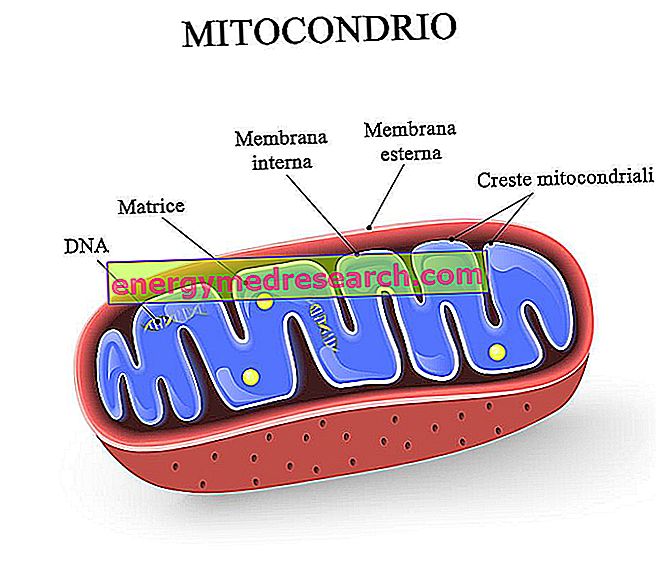
Encephalopathies represent a group of particular pathologies, which are distinguished by a structural and functional alteration of the brain.
The various types of encephalopathy differ from each other due to the triggering causes - to which they usually owe their names - for the symptoms, for the complications, for the treatment and for the prognosis.
Congenital or acquired, an encephalopathy can last a lifetime ( permanent encephalopathy ) or may have a more or less important margin of healing ( temporary encephalopathy ).
A form of permanent encephalopathy, which occurs due to a malfunction of the mitochondria contained in the cells of the body, is the so-called mitochondrial encephalomyopathy .
To cause the malfunctioning of the mitochondria - whose main role is to produce most of the energy that can immediately be spent by the body (ATP) - are genetic mutations of a congenital type (that is, present since birth), located at a specific level mitochondrial genome genes.
It must in fact be remembered that our cells possess, in addition to the nuclear DNA that is usually spoken of, also a mitochondrial DNA (or mitochondria DNA), as fundamental as nuclear power to the life of the organism.
SEATS OF MUTATIONS
Mutations responsible for mitochondrial encephalomyopathy can occur at two distinct levels:- A part can affect the gene for the so-called NADH dehydrogenase, a fundamental enzyme in converting oxygen and sugars into expendable energy.
- Another part (about 80% of the time) can affect genes for the production of particular molecules, just as important in the energy production process, called tRNAs .
In simpler words, the genetic alterations that cause mitochondrial encephalomyopathy produce functional damage to the mitochondria, which no longer perform their most important task correctly: generate energy .
SYMPTOMATOLOGY
The symptoms related to the aforementioned mitochondrial genome mutations consist of various disorders, including:- Weakness and muscle pain. The term "myopathy", following "brain", refers precisely to these problems at the muscular level.
- Loss of appetite
- Headache
- He retched
- Epilepsy
- hemiparesis
- State of altered consciousness
- Visual anomalies
- Recurrent stroke episodes. This occurs at the most advanced stages and involves progressive damage to the brain, which in turn induces vision loss, movement and balance problems and ultimately dementia.
- Lactic acidosis, or accumulation of lactic acid in the body.



